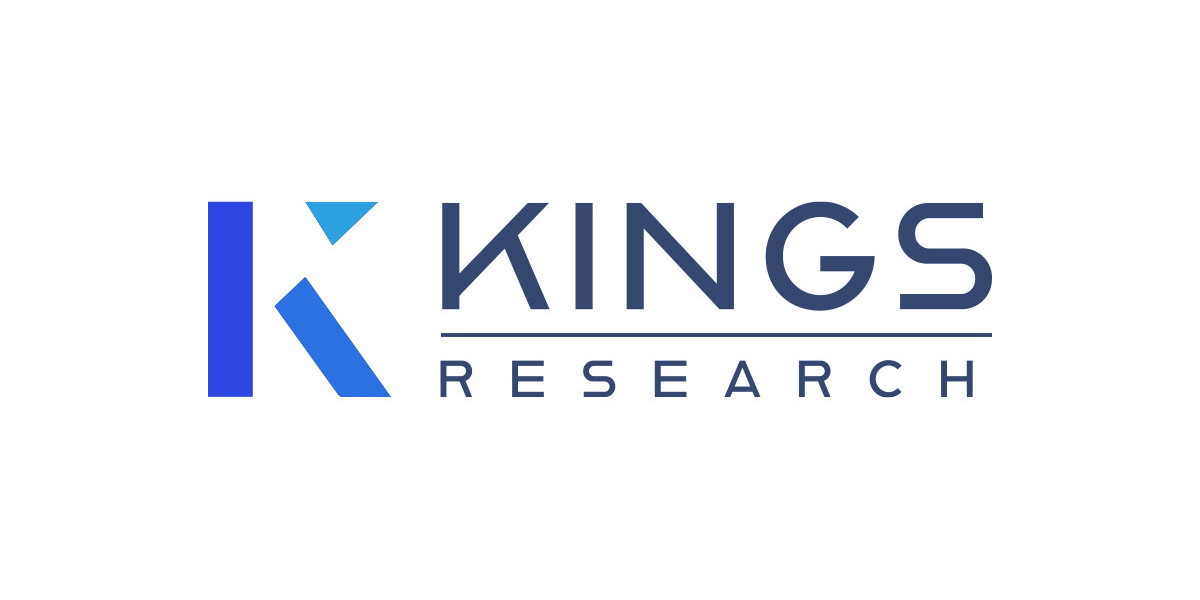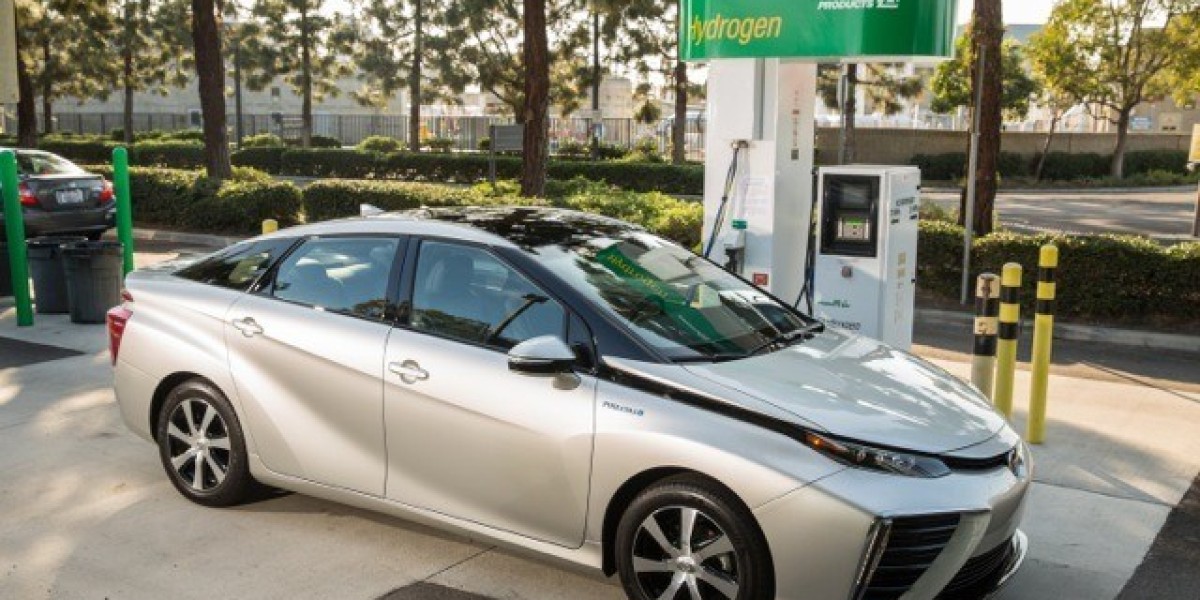The global Aerospace Titanium Market, valued at USD 4,141.5 million in 2022, is projected to reach USD 7,007.5 million by 2030, growing at a CAGR of 6.93% from 2023 to 2030. This steady growth highlights titanium’s indispensable role in next-generation aerospace applications and the global push toward lightweight, fuel-efficient, and durable aircraft systems.
Market Overview
Titanium has become one of the most critical materials in aerospace manufacturing due to its exceptional strength-to-weight ratio, resistance to corrosion, fatigue endurance, and ability to perform at high temperatures. In both commercial and defense aviation, titanium is used extensively in airframes, engines, landing gear, and fasteners, where performance reliability and weight reduction are paramount.
The aerospace titanium market is primarily segmented by material type, application, manufacturing process, and region. Titanium alloys currently hold the largest market share, with widespread use in aircraft structures and engine components. Commercially pure titanium serves specific applications where corrosion resistance and formability outweigh the need for higher strength.
In terms of applications, airframes represent the largest segment, driven by the increased production of commercial and military aircraft. Titanium’s high tensile strength enables lighter airframe designs, reducing overall aircraft weight and enhancing fuel efficiency. The engine segment follows closely, where titanium is used in compressor blades, casings, and turbine components.
From a regional perspective, North America remains the dominant market, supported by strong aerospace infrastructure, major OEMs, and defense manufacturers. Europe continues to play a key role due to its large aerospace production base, while Asia Pacific is emerging as the fastest-growing region, driven by rapid industrialization, expanding aviation demand, and localization of manufacturing.
Market Dynamics
Key Drivers
Expanding Aerospace and Defense Industry
The continuous rise in air travel and fleet expansion by commercial airlines is a primary growth driver. Increasing defense budgets and modernization programs worldwide are further boosting titanium consumption in military aircraft and spacecraft.Lightweight and Fuel-Efficient Aircraft Designs
The aviation sector is under immense pressure to meet sustainability targets. Titanium’s lightweight nature allows aircraft to achieve higher fuel efficiency and reduced emissions without compromising structural strength.Growing Space Exploration and Satellite Programs
Titanium’s ability to withstand extreme temperatures and stress makes it ideal for rockets, satellites, and space vehicles. The growing commercial space industry is significantly contributing to market expansion.Technological Advancements in Manufacturing
Additive manufacturing (3D printing), powder metallurgy, and superplastic forming have revolutionized titanium component production, making it more cost-effective and reducing material wastage.Diversification of Titanium Supply Chains
The aerospace industry is actively working to diversify its titanium sourcing to mitigate risks associated with global supply disruptions. This shift has led to new partnerships, capacity expansions, and regional production facilities.
Market Challenges
Despite its advantages, titanium faces challenges including high raw material costs, complex processing requirements, and certification hurdles. The production of aerospace-grade titanium involves stringent standards, which increase manufacturing costs. Additionally, competition from composite materials and advanced aluminum alloys has intensified, as these materials also offer weight reduction benefits at lower costs.
Price volatility in titanium feedstock and geopolitical tensions affecting global supply have also been critical issues. However, with growing emphasis on supply chain resilience, companies are investing in domestic titanium production and recycling initiatives to counteract these risks.
Trends Transforming the Market
The aerospace titanium market is undergoing significant transformation, driven by several key trends:
Adoption of Additive Manufacturing:
3D printing allows for complex component geometries, reduced waste, and shorter production cycles. Aerospace manufacturers increasingly use titanium powders for additive processes, especially for engine and structural parts.Development of High-Temperature Titanium Alloys:
New titanium alloys with enhanced heat resistance are extending the material’s application in next-generation engines and hypersonic aircraft components.Integration of Hybrid Material Systems:
Modern aircraft increasingly combine titanium with composite materials to optimize performance, reduce cost, and improve aerodynamics.Localized Production and Supply Security:
Many countries are establishing titanium processing and manufacturing facilities to strengthen local aerospace supply chains and reduce dependence on imports.Sustainability and Recycling Focus:
The industry is working to recycle titanium scrap efficiently, minimizing waste and aligning production processes with sustainability goals.
Market Segmentation
By Material Type
Titanium Alloys:
Dominating the market, titanium alloys are essential for applications demanding high strength, temperature resistance, and fatigue performance. Their growing use in next-generation jet engines and military aircraft will sustain long-term growth.Commercially Pure Titanium:
Used in less critical components, pure titanium offers superior corrosion resistance and formability, making it suitable for ducts, linings, and chemical-exposed parts.
By Application
Airframes:
The largest and most established application segment. Titanium is extensively used in fuselage frames, floor beams, and wing structures. Increased aircraft deliveries globally are driving demand.Engines:
Engine manufacturers are using more titanium alloys to enhance performance, reduce maintenance, and withstand high thermal and mechanical stress.Others:
Includes fasteners, landing gear, and hydraulic systems that rely on titanium for its strength and resistance to fatigue and corrosion.
By Manufacturing Process
Casting & Machining:
Traditional manufacturing methods remain widely used for titanium components, ensuring consistency and quality.Powder Metallurgy:
Offers high material utilization and precision for aerospace-grade titanium components.Additive Manufacturing:
The fastest-growing process segment, additive techniques are revolutionizing how titanium parts are designed and produced.Superplastic Forming:
Used for shaping titanium sheets into complex aerodynamic forms, commonly applied in airframe panels and engine ducts.
By Region
North America:
The region leads the market, supported by advanced aerospace infrastructure, large-scale OEMs, and strong defense budgets. Increasing focus on lightweight and sustainable aviation continues to drive titanium consumption.Europe:
Home to major aerospace manufacturers, Europe remains a key contributor. Investments in advanced alloys and additive technologies are enhancing regional competitiveness.Asia Pacific:
The fastest-growing market, fueled by increasing aircraft demand, local manufacturing, and expanding defense capabilities in China, India, and Japan.Middle East & Africa:
Rising defense spending and emerging space programs are contributing to titanium demand in the region.Latin America:
Moderate growth is observed, led by aircraft production and modernization programs in countries such as Brazil.
Recent Developments
The aerospace titanium market has seen multiple strategic initiatives aimed at innovation and supply chain resilience. Aircraft manufacturers are entering long-term agreements with titanium suppliers to ensure consistent availability. New partnerships between aerospace OEMs and additive manufacturing companies are reshaping how titanium components are produced.
Several companies are expanding their titanium processing capacities to meet growing aerospace demand. The introduction of next-generation titanium alloys with improved performance capabilities is also accelerating market expansion. Additionally, governments are supporting domestic titanium production to enhance national aerospace capabilities and reduce dependency on external sources.
Key Market Players
The market is moderately consolidated, with several key players dominating global supply. These include:
Precision Castparts Corp.
Supra Alloys
Weldaloy Specialty Forgings Company
Plymouth Tube Company
thyssenkrupp Aerospace
Metalweb
RTI International Metals
Reliance Steel & Aluminum Co.
Kobe Steel, Ltd.
Nippon Steel Corporation
Allegheny Technologies Incorporated (ATI)
VSMPO-AVISMA Corporation
Osaka Titanium Technologies
Carpenter Technology Corporation
GKN Aerospace
Toho Titanium Co., Ltd.
Haynes International
Baoji Titanium Industry Co., Ltd.
These companies are investing heavily in advanced manufacturing technologies, additive production, and research into next-generation titanium alloys. Strategic mergers, acquisitions, and long-term contracts with aerospace OEMs are common strategies to strengthen global market presence.
Future Outlook
The aerospace titanium market is poised for sustained expansion over the next decade. The rise of electric aviation, unmanned aerial vehicles (UAVs), and space exploration programs will continue to create new demand avenues. Additive manufacturing will play a pivotal role in reducing production costs, shortening lead times, and optimizing part designs.
By 2030, the market structure is expected to shift toward advanced titanium alloys and additive manufacturing techniques. Integration with digital manufacturing technologies and automation will make production more efficient and cost-effective.
Furthermore, the emphasis on sustainability and recycling will drive the development of circular titanium supply chains, minimizing environmental impact and reducing dependence on virgin materials. Companies focusing on sustainable production and closed-loop recycling systems are likely to gain a competitive edge.
From a regional standpoint, Asia Pacific will emerge as a significant production hub, while North America will maintain leadership through innovation and large-scale demand. Europe is expected to remain stable, emphasizing technological development and energy-efficient solutions. Middle Eastern and Latin American regions will continue to evolve as strategic markets due to defense and infrastructure growth.
Strategic Insights
To remain competitive, industry stakeholders must focus on:
Enhancing vertical integration from titanium sponge to finished aerospace parts.
Expanding additive manufacturing capacity to improve production efficiency.
Establishing regional production and processing hubs to mitigate global supply risks.
Investing in research for next-generation titanium alloys with higher temperature and corrosion resistance.
Strengthening recycling systems to promote sustainable titanium usage.
Building long-term strategic partnerships with aircraft manufacturers and defense organizations.
The market’s evolution is also expected to foster collaborations between government bodies, research institutes, and aerospace OEMs to accelerate innovation and ensure material availability for future aerospace programs.
Conclusion
The Aerospace Titanium Market is entering an era of strong growth and technological transformation. With its projected increase from USD 4,141.5 million in 2022 to USD 7,007.5 million by 2030, the market demonstrates titanium’s enduring value to the aerospace sector.
Driven by rising aircraft production, expanding defense programs, advancements in additive manufacturing, and the pursuit of lightweight and sustainable solutions, titanium continues to be the material of choice for modern aerospace engineering.
As the industry embraces the next wave of aerospace innovation—ranging from electric propulsion to reusable spacecraft—titanium will remain a cornerstone material ensuring performance, reliability, and efficiency in flight. Stakeholders that prioritize innovation, supply security, and sustainability are set to lead the global aerospace titanium revolution through 2030 and beyond.
Browse To Related Article-








